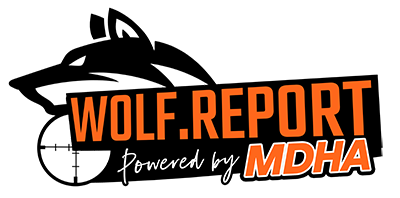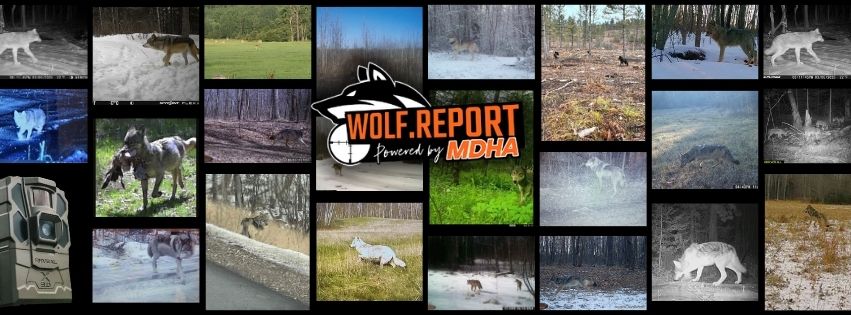

Community science, also known as citizen science, turns individuals into contributors to scientific research. By reporting observations, collecting data, or sharing media like photos and videos, members of the public can assist with large-scale projects requiring extensive data collection.
For instance, think of global initiatives that track bird migrations, butterfly populations, or even urban pollution. These projects depend on one central idea: the power of many. When thousands contribute small pieces of data, they create an invaluable resource for scientists and policymakers.
At its heart, community science democratizes research. It allows laypeople to engage with science directly, creating awareness, broadening participation, and helping researchers access practical insights they may not achieve alone.
The Wolf Report is a powerful example of community science in action, with its focus specifically on recovering wolf populations across the Midwest. Here's how it works and why your involvement matters.
Wolf Report is a clearinghouse for wolf data, from visual evidence like trail cam pictures and videos to verbal accounts of sightings. It leverages contributions from the community to track wolf activity in Minnesota, Wisconsin, and Michigan.
Reports shared on Wolf Report play an essential role in public education. By providing detailed sightings and behavior insights, the platform showcases how wolf populations are recovering and gradually expanding their natural range. This education fosters coexistence by shedding light on wolf behavior, dispelling myths, and reducing conflicts with humans and livestock.
At its core, Wolf Report supports state-funded, science-backed wolf management initiatives. The data collected aids conservationists, advocates, and policymakers in forming effective, evidence-based strategies to balance wildlife protection with societal needs.
Think your lone wolf sighting doesn’t matter? Think again. Whether you spotted tracks in the snow, heard distant howls, or captured a glimpse on your trail cam, your report matters more than you realize. Here's why submitting your wolf sighting to Wolf Report is so impactful.
Wolf Report transforms raw sighting data into maps, reports, and educational materials. By sharing your data, you help deepen public understanding of wolves, their population and ranges.
Human-wolf conflicts can be polarizing. On one side, conservationists fight to protect wolves as a vital part of the ecosystem. On the other side, some communities face challenges tied to recovering wolf populations. Your data contributes to balanced, informed management policies that assess population trends, migration habits, and human-wolf dynamics.
Wolf Report works with organizations like the Minnesota Deer Hunters Association to align regional efforts. The more data reported, the stronger the arguments for evidence-backed policy decisions. For instance, Minnesota's Wolf Management Plan already benefits from contributed sighting data to maintain balance in predator-prey dynamics and habitat preservation.
Contributing to Wolf Report is simple and accessible for anyone. Here’s how to get started:
Wolf Report isn’t just a platform. It’s a movement fueled by science and driven by people like you. By sharing your wolf sightings, you’re contributing to a deeper understanding of wolf populations and their place in our ecosystems.
But the mission doesn’t stop at gathering data. Together, we can urge policymakers to prioritize science-backed wolf management strategies and educate the public about these apex predators’ role in the natural world.
Make your sightings count. Report your observations and become a key part of this collective conservation effort.
